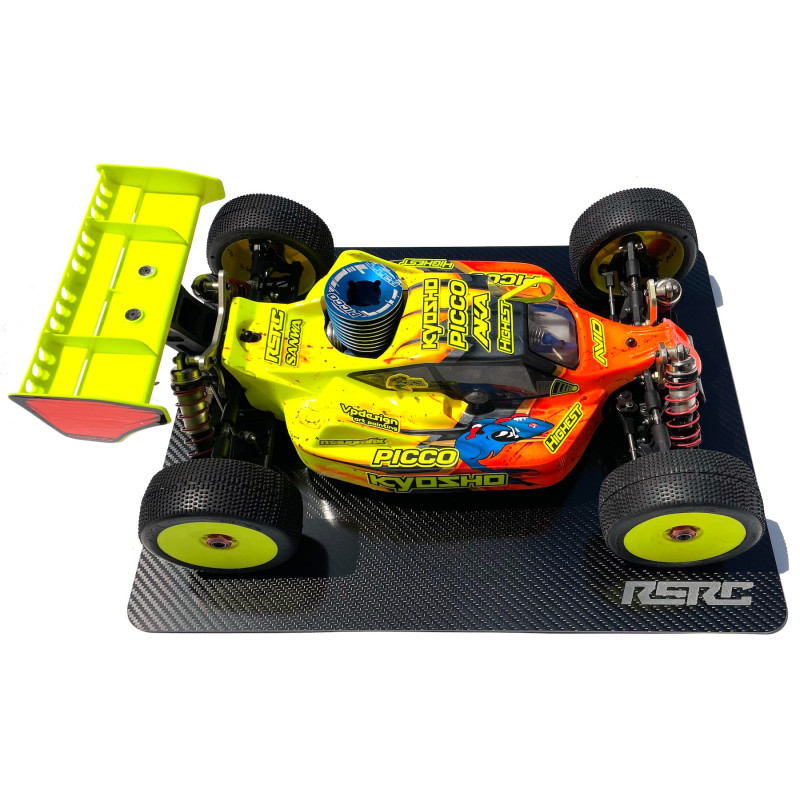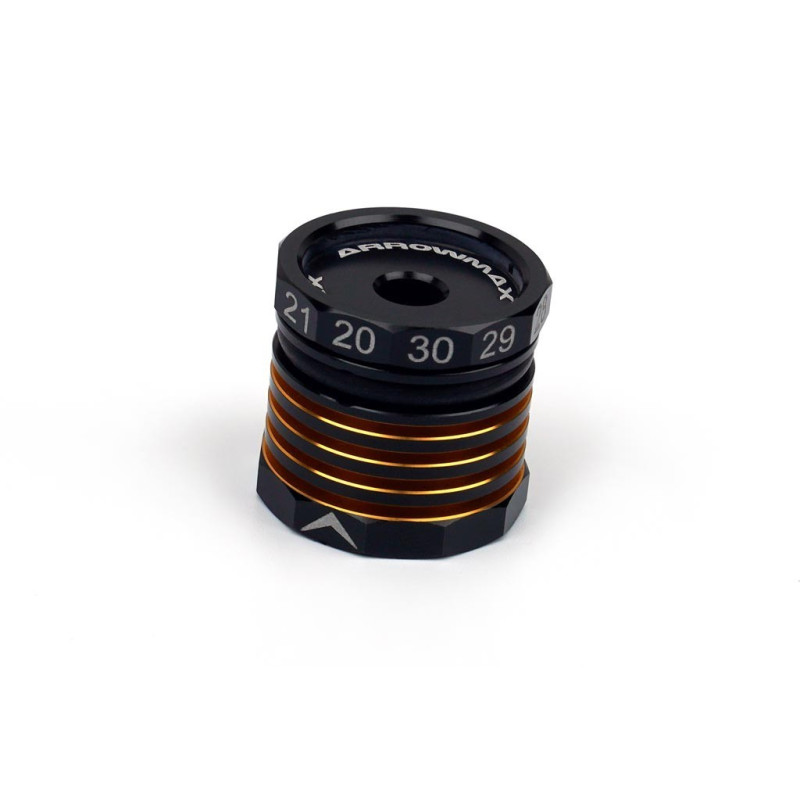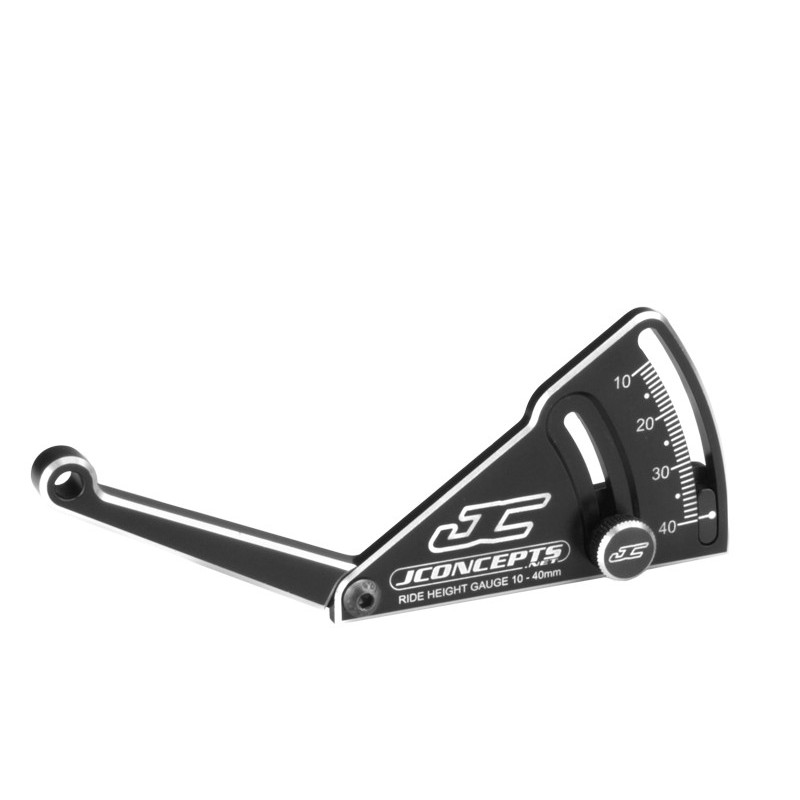Quick tutorials are a simple way to understand the settings of your car in a few minutes.
A subject, a short video, in order to answer 2 essential questions: WHY and HOW?
VIDEO
INTRO
Ground clearance or ride height is the height measured between the ground (the table or the track), and the flat part under the chassis frame.
We quickly understand that the distance between the chassis and the ground will directly impact the behavior of your car on the track.
It is a key part of the setup of your RC car. It is indeed a very simple setup part to modify, which can be changed at any time during your training, or even before the start of a race.
Depending on the track, the driving or the car, the values may change.
When the ground clearance is lower on the front, we speak of a diving ride height.
Conversely, when the ground clearance is lower at the rear, we speak of a nose-up or squatting attitude.
HOW TO CHANGE THE SETUP
To modify the value of the ground clearance, it will be necessary to modify the preload of your shock absorber springs.
This is the nut on the body of your shock absorbers. By tightening the knob, you will increase your ground clearance, and vice versa by unscrewing it.
It is always best to measure it on a clean, level surface. The must is to have a set-up board available, like our magnificent 3mm carbon fiber setup board.
Let go of your car from a height of about 30cm (The chassis must not touch the table. If this is the case, your shock oil is too soft, we will come back to this in a next tutorial).
Once the car is set, you will need a ruler, or a ride height measurement tool.
We will measure the value just behind the front arms, and just in front of the back arms.
The values generally observed for a 1/8 Off-road buggy are between 22 and 28mm for the front and between 26 and 30mm for the rear.
For the 1/10 off-road buggies, the values are rather around 14 to 20mm depending on the conditions (dirt or carpet / astro).
WHAT DOES IT CHANGE ON THE TRACK ?
Typically, a higher ride height will result in a car that is easier to drive, more predictable, and better absorbs holes and bumps.
The chassis will take more body roll when cornering, which can be positive when the grip of the track is limited.
On the other hand, if the grip of the track is rather high, a too high ground clearance will generate too much body roll and create a flip phenomenon in the turn (too much grip and the car is put on 2 wheels immediately).
This is often the case on synthetic surfaces such as astro or carpet. In this case, or if the track is very flat, we will therefore choose a lower ground clearance.
A diving setup, (front lower than the rear) will give nervousness to your car. Indeed, with a lower nose, the car will be more responsive to changes of direction.
In acceleration, the phenomenon of nose-up will be limited and the chassis will have more tendency to stay flat, and you will have more traction to get ouf of the corners.
A rather flat, even nose-up attitude, will give better damping and an easier car to drive car.
Personally, I always opt for a diving setup, with a ride height around 24mm in front and 28mm in the back.
See you soon for a new episode!
The Shark
Reno Savoya



